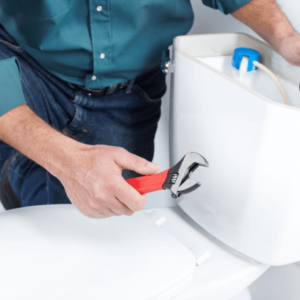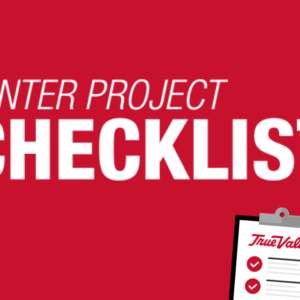Bed bugs have made a resurgence in recent years and can be a serious nuisance in your home. Don’t panic. They are small and hard to see, but often leave telltale signs they’re around. Learn how to find bed bugs, get rid of them and prevent them from infesting your home in the future with these tips.
Step 1. Locate Bed Bugs
Look for bed bugs. If there are no signs or symptoms of bed bug bites, you can relax—you most likely don’t have them in your home. However, they are nocturnal and often nest in dark crevices, so spotting them can be difficult. There’s also the fact that a third of people often aren’t affected by bed bug bites and are fed upon without even knowing. But look for bed bug bites. They often appear similar to other insect bites, such as those from mosquitoes, and can cause severe itching. The bites are usually on the arms or legs and often appear in lines or clusters.

The first place to start looking for bed bugs is your bed. However, they may also infest places near your bed. Remove bedclothes and set them aside. Remove your mattress and box spring and stand them up separately against the wall. Examine your mattress and box spring closely, looking for bed bugs and/or their molted exoskeletons. You may also see dark spots of bed bug excrement or their small, white, adhesive eggs on the bed components. Use a flashlight for a more detailed search. Also check the crevices of your bed frame for any signs of the insects. Remove and check items stored underneath your bed for signs of bed bug activity.
Go through your dresser, nightstand or any other adjacent furniture. Set the contents aside to examine it. Look inside the furniture and drawers for any visible signs. In cases of extreme infestation, you may also need to check for bugs in other rooms—in the carpet, couches, chairs, and between baseboards. Bed bugs like to hide in seams and crevices; basically any small space where they can stay until nighttime.
Helpful Tip
Use bed bug glue traps to attract and capture any bed bugs that may be in your home. These can be used as an early detector for a bed bug infestation.
Step 2. Get Rid of Bed Bugs
If finding bed bugs wasn’t tricky enough, getting rid of them can be difficult as well, if not handled properly. In extreme cases, affected items such as mattresses, box springs and other fabric-covered furniture may need to be discarded and replaced. Put bedding and clothes in plastic bags and set them aside for laundering. When washing the affected items, use the hottest setting on your washing machine. Then dry all items with the hottest setting on your dryer. If you feel it’s necessary, repeat these steps. High heat and steam kills bed bugs and their eggs.
Items that can’t be washed can be directly sprayed with an insecticide formulated to kill bed bugs. These can be used directly on surfaces such as clothes, mattresses, box springs, drapes, baseboards and luggage. You can also use fogger insecticides to clear a room of bed bugs. Follow the insecticide manufacturer’s instructions and warnings carefully.
You can also use your vacuum cleaner to remove bed bugs and their eggs from corners and crevices of the bed frame, the mattress, carpet, etc. Empty the vacuum bag or bin into a sealable bag or container and discard of it outside.
Helpful Tip
Steam clean your carpets to kill off any bed bugs that may be hiding.
Killing and removing large numbers of bed bugs can be a daunting and costly endeavor. Extreme infestations may require calling in a professional for help. The experts will know how to pinpoint the location of the bed bugs as well as the best ways to remove them based on your particular circumstances—if you feel that you are in over your head. Even if you find only one bed bug or only dead bed beds, it is still important to thoroughly inspect furniture and clean bedding as well as learn how to prevent bed bugs from coming into your home.
Step 3. Prevent Bed Bugs
Preventing an infestation is probably the most effective step you can take to keep bed bugs out of your home. When traveling, always examine your accommodations’ bedding for signs of bed bug activity. Examine the headboards and the bedclothes. Keep your luggage off of the floor.
Helpful Tips
Bring a mini flashlight with you to help your accommodations inspection.
Check your luggage for any signs of bed bugs when you return home.
Bring bed bug glue traps with you when you travel.
At home, avoid bringing in secondhand bedding and furniture, unless you’ve personally inspected it closely for any signs of bed bugs or had it fumigated. Even shipping boxes on new items brought into your home could potentially be transporting bed bug stowaways. The insects can infest warehouses or other facilities and then end up in your home. Do a quick inspection of the box for signs of bed bug activity.
Seal cracks along baseboards, trim and molding with silicone caulk and a caulking gun. Don’t forget to also seal around where pipes and electrical wires go into walls. Regularly clean up clutter in your bedroom, keeping clothing and other items off of the floor. You don’t want to give them any help in hiding from you.
That’s it! Now you have the know-how to get rid of bed bugs and keep them out of your home.
Project Shopping List
Here’s what you’ll need to complete this project successfully.












